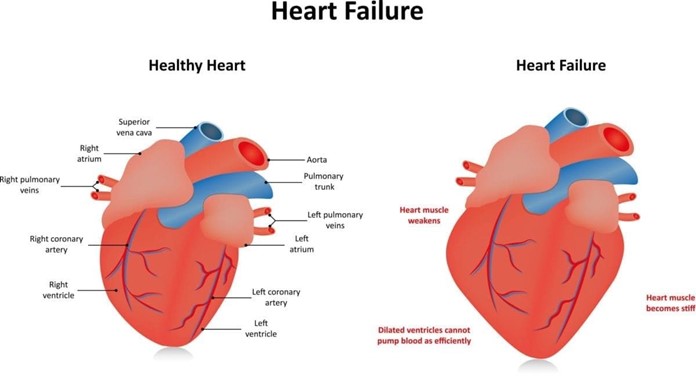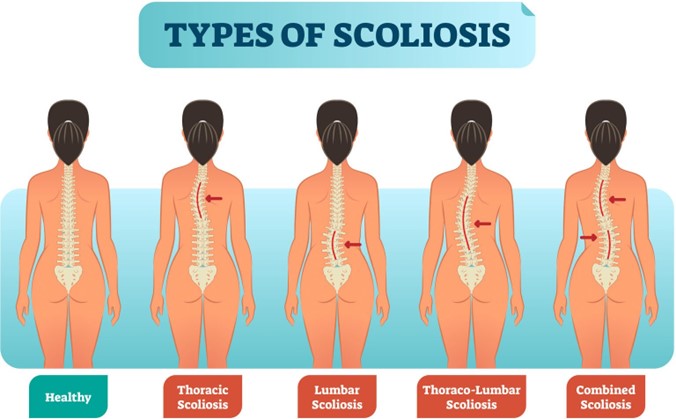The practical nurse (PN) is planning care for a child with heart failure. Which intervention should the PN give the greatest priority?
Monitor therapeutic level of phenytoin.
Increase fluid intake.
Cluster care to conserve the child's energy.
Restrict intake of foods high in sugar.
The Correct Answer is C
For a child with heart failure, the greatest priority for the practical nurse (PN) is to conserve the child's energy. Clustered care activities and rest periods will help to conserve the child's energy and minimize the workload on the heart.
Monitoring therapeutic levels of phenytoin (A) is not relevant to the care of a child with heart failure. Increasing fluid intake (B) is not a priority intervention for a child with heart failure, as excessive fluid intake can worsen heart failure. Restricting intake of foods high in sugar (D) may be necessary for a child with heart failure, but it is not the greatest priority for the PN to address.

Nursing Test Bank
Naxlex Comprehensive Predictor Exams
Related Questions
Correct Answer is C
Explanation
Scoliosis screening is typically performed on early adolescent girls, as this is the age group that is most commonly affected by the condition. Early detection and intervention can help prevent the progression of scoliosis and improve outcomes.

Correct Answer is B
Explanation
The best indicator to the practical nurse (PN) that the community bicycle safety education program was effective is that the number of students wearing bicycle helmets increased by 10%. Wearing a helmet while riding a bicycle is an important safety measure that can help prevent head injuries in the event of an accident. An increase in the number of students wearing helmets indicates that the program was successful in promoting this safety behavior. The other findings listed may also provide useful information about the effectiveness of the program, but the increase in helmet use is the most direct and measurable indicator of success.
Whether you are a student looking to ace your exams or a practicing nurse seeking to enhance your expertise , our nursing education contents will empower you with the confidence and competence to make a difference in the lives of patients and become a respected leader in the healthcare field.
Visit Naxlex, invest in your future and unlock endless possibilities with our unparalleled nursing education contents today
Report Wrong Answer on the Current Question
Do you disagree with the answer? If yes, what is your expected answer? Explain.
Kindly be descriptive with the issue you are facing.
